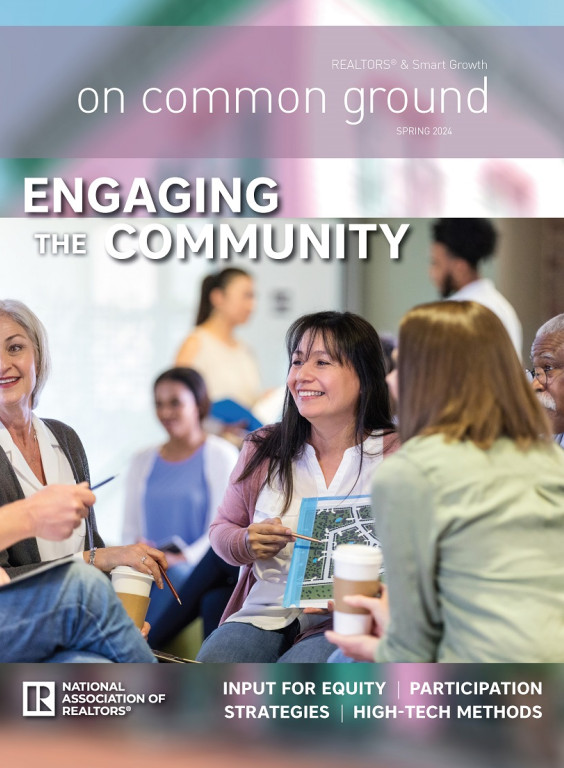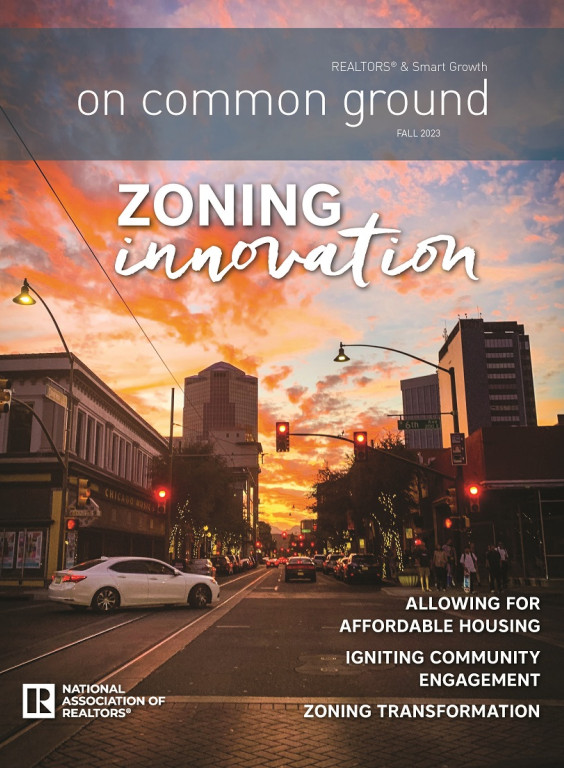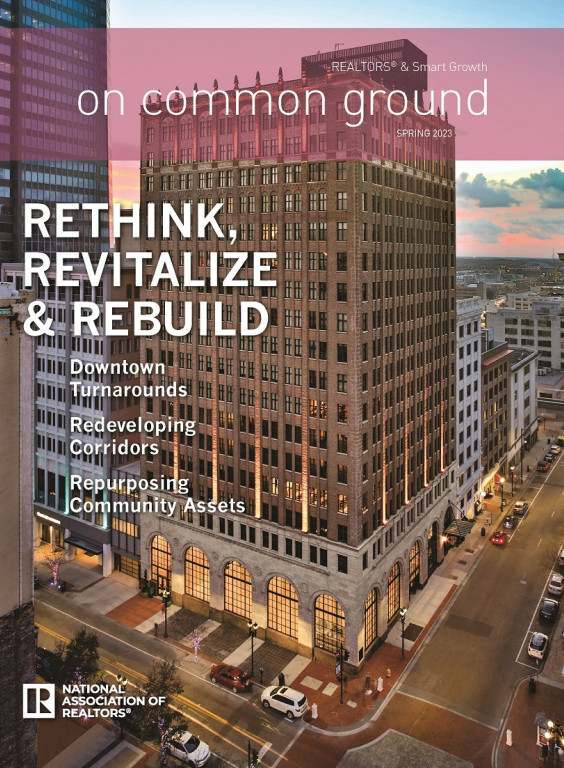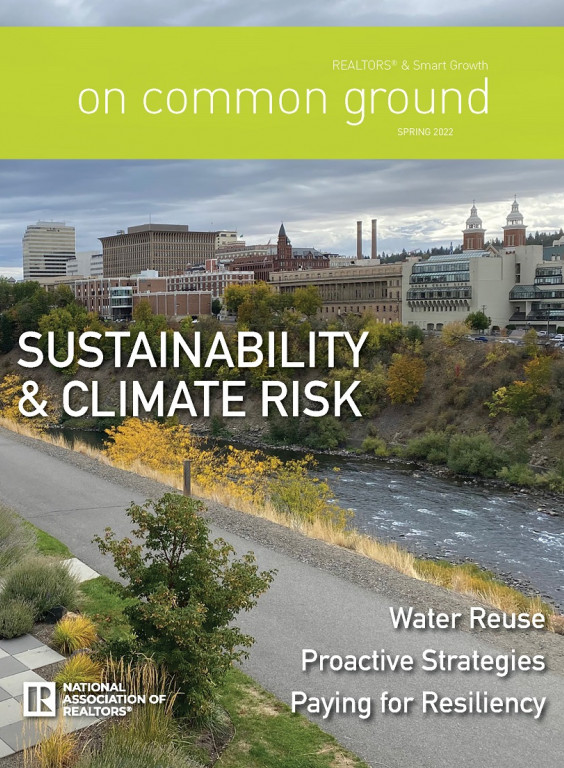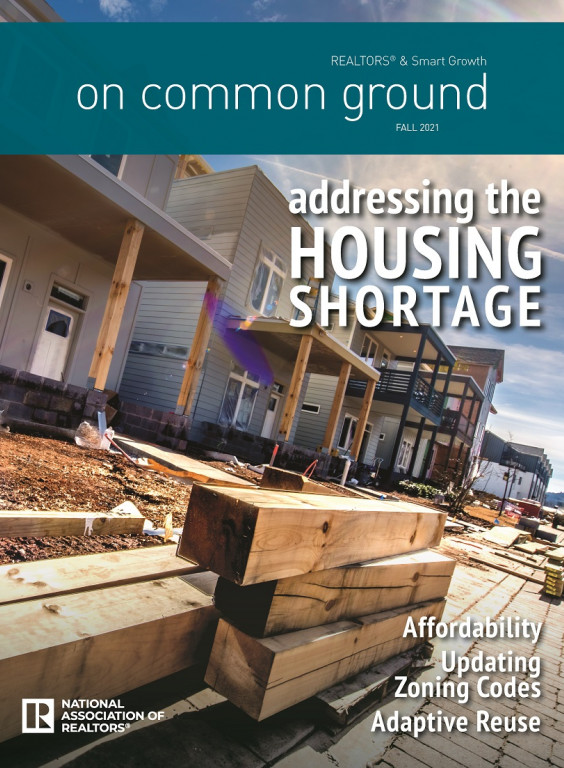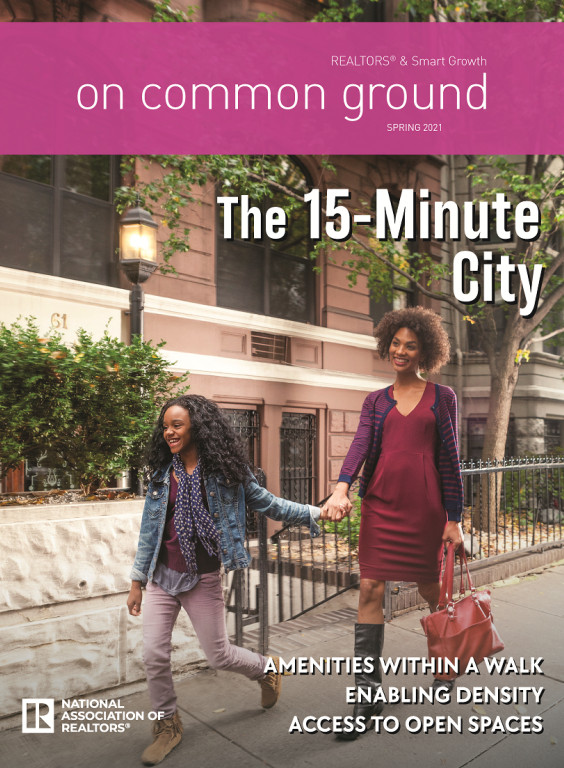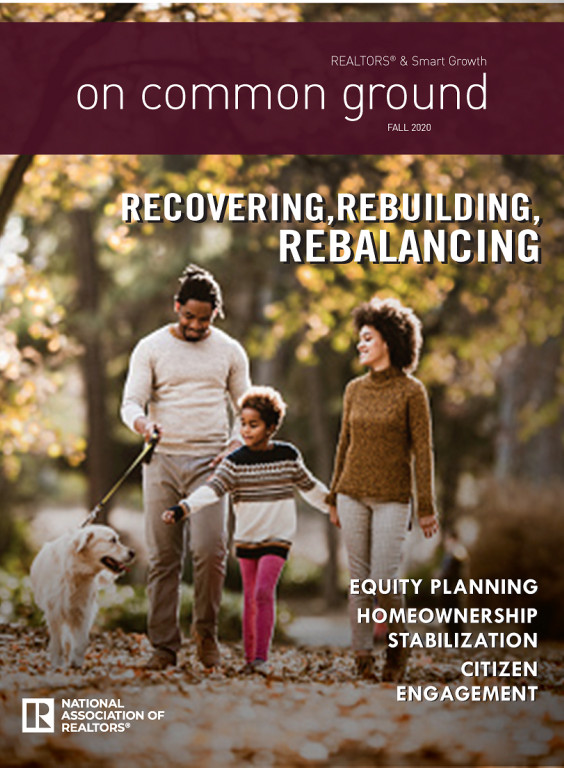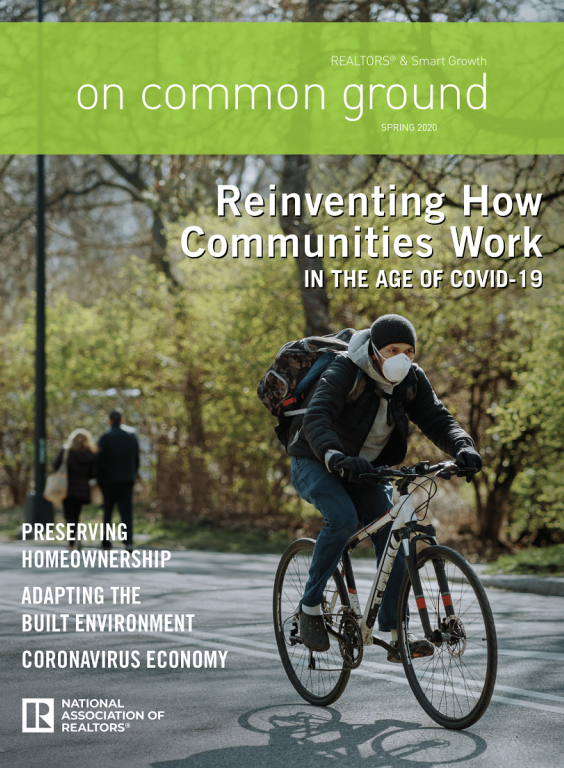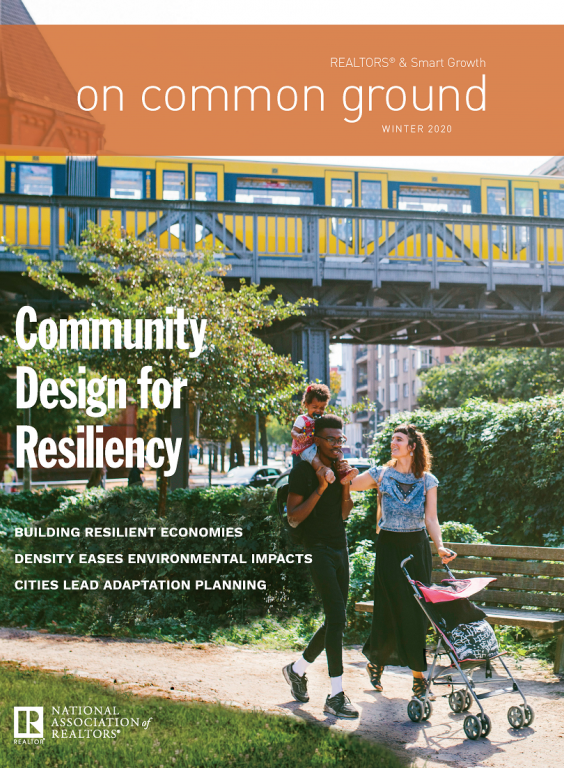Demand for walkable neighborhoods is increasing and this demand is changing real estate. In this issue, learn more about why walkability is becoming a necessity.
In This Issue
Some people call them amenities. Emily Talen calls them “the good stuff.”
Baked into most walkable urban neighborhoods, they are the just-aroundthe- corner perks that make housing in walkable urban neighborhoods so popular, yet increasingly expensive and in short supply.
Complete Streets are streets designed and built to ensure the safety and mobility of all users. “The biggest reason for our efforts here at the Florida DOT was the 2011 report by Smart Growth America called Dangerous by Design,” said Billy Hattaway, secretary of FDOT’s District One. “The state didn’t rank very well. Improvements were very necessary.”














